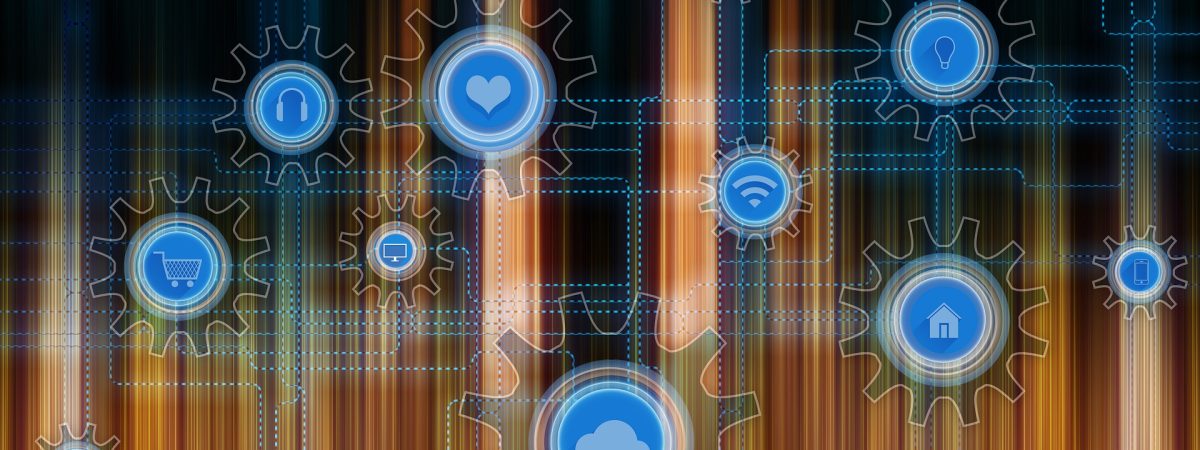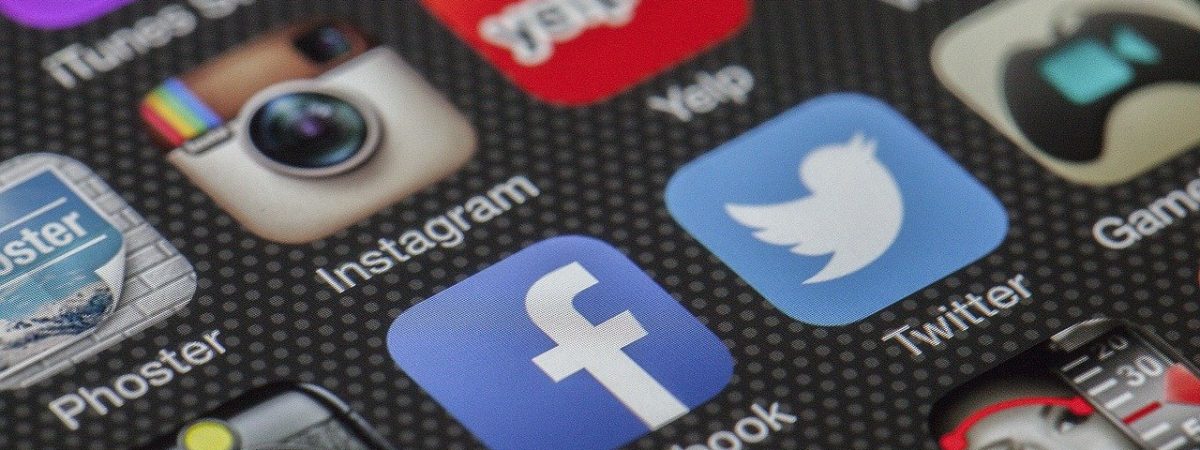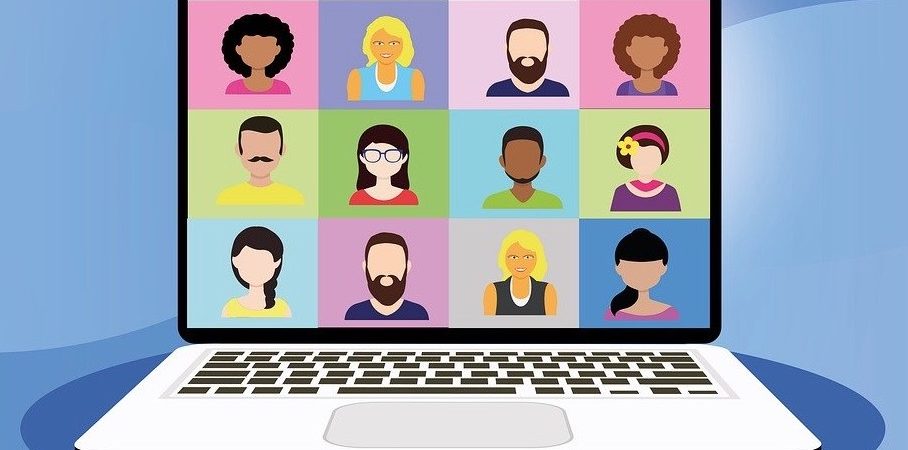
COVID-19’s Impact on the Fintech Industry
At the intersection of financial services and technology sits the fintech (financial technology) industry — the workhorse behind several important and growing merchant services technologies such as digital currency and mobile payments.
Financial services are a ubiquitous aspect of economic stability. The methods through which we spend, save, and share our money are as important to keep in mind as the methods through which we make them. After all — what do the dollars in your bank accounts mean if there aren’t any safe ways to access them?
The fintech sector is just as susceptible as the rest of the world to the coronavirus pandemic. As the great race to adapt continues, one thing is certain — our services need to adapt with us. Thankfully, financial technology is doing just that.
Digital is Mainstream
In the early 2000s, financial institutions were just starting to take their first steps into the world of eCommerce. Flash forward a couple decades, technological advancements and the ever-growing dependence of humanity on the internet have made digital finance paramount. The technological advancements that drove the shift to digital stem from one of the fintech sector’s main ethos’: that financial services need to be accessible to everyone, including those with lower incomes.
The coronavirus pandemic has only further emphasized the need for digital financial services. ATMs are avoided, the use of cash has significantly decreased, and physical bank locations are operating on reduced hours. Thanks to fintech, we’re still able to access and spend our money, even while large banks struggle to adapt.
The Fight to Survive
On the flip side, the fintech sector is not without its struggles when it comes to the pandemic. Humans are creatures of habit, and when times get tough, we usually fall back on what we know works. In other words, smaller fintech start-ups that were making good headway poaching customers from big banks have found themselves struggling to maintain their progress. Experts have attributed this to the fact that big banks have big brand recognition — and the relative safety of familiarity works in their favour.
The Future of Fintech
Despite the skepticism people may have towards smaller startups, the continued emphasis on technology will inevitably cause the fintech sector to grow. Intelligent Automation (IA) is immune to coronavirus. Technologies like eWallets and contactless payment will continue to swell in popularity. Digital Know-Your-Customer solutions and counter money-laundering technologies will become more and more vital. And fintechs will continue to play an important role in driving the evolution of financial services.










